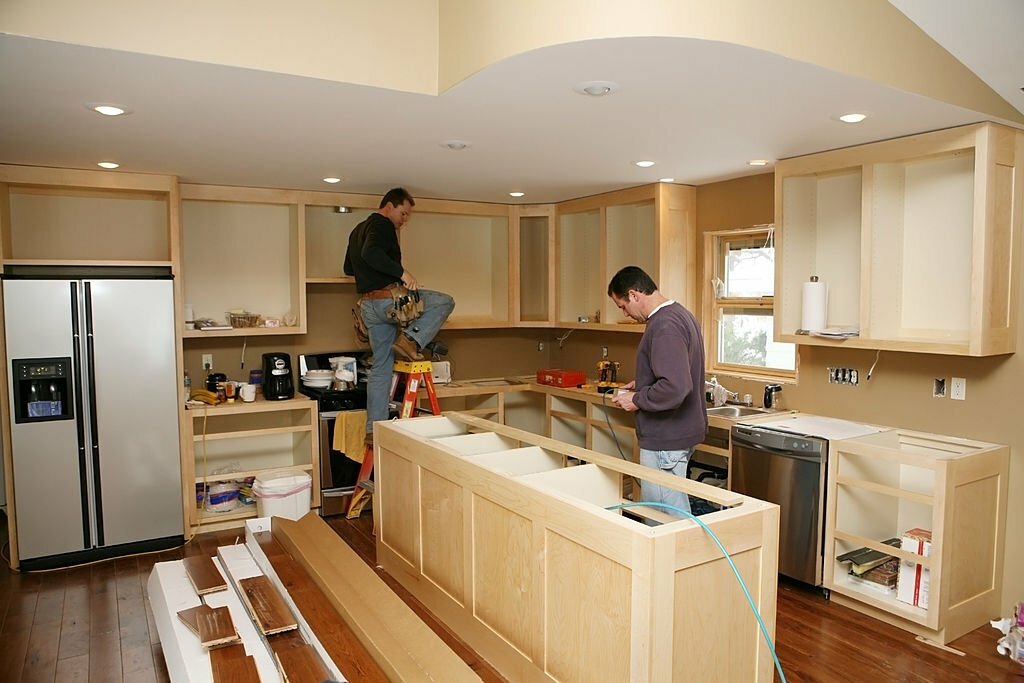The Role of Joinery in Interior Design: Creating Functional and Aesthetic Spaces
October 09, 2023
Have you ever glanced around a thoughtfully designed room and wondered what precisely makes it so pleasing to the eye? Or found yourself in an ergonomically balanced space where everything seems conveniently placed and intuitively functional? Chances are, what you're appreciating is the subtle magic of good joinery. But what is joinery, and what role does it play in designing our interior spaces to be both beautiful and practical?
The term 'joinery' refers to the woodworking technique which involves joining together pieces of timber or lumber to produce complex items, such as furniture, doors, windows, staircases, and even integral parts of a building's structure. Derived from its fundamental purpose in construction, joinery has become a cornerstone of interior design, shaping spaces in ways that influence not only how they look but also how they 'work'.
In this blog post, we discuss the crucial role of joinery in interior design, its impact on spatial aesthetics and functionality, and its broader implications for home improvement. We'll delve into why it matters, what it can achieve, and how it can transform a room from a mere series of walls into a welcoming haven of personal style and comfortable living.
The Importance of Joinery in Interior Design
The power of joinery lies in creating structures that are integral to a room’s design while adding a visual element that enhances the overall aesthetics. Its ability to create bespoke wardrobes, one-of-a-kind shelving units, or custom-designed kitchen cabinets shows its dynamic role in making a space both stylish and functional.
Taking into account a room's architectural characteristics, designers use joinery to craft unique objects that fulfill specific needs while seamlessly integrating into the overall decor. From concealed storage solutions and sleek entertainment units to stylish bookcases, the spaces we live in are made more practical and more enjoyable through the judicious use of joinery.
Furthermore, joinery illustrates the potential to use raw materials, especially timber, in ways that respect their inherent qualities, resulting in creations that are not just well-designed, but also environmentally conscious and sustainable.
The Pros and Cons of Joinery in Interior Design
Like all design elements, joinery too comes with its sets of pros and cons. On the upside, custom joinery allows for a one-of-a-kind design that caters to specific needs. As it is tailor-made, the size, style, and finish can be adapted to suit individual requirements and preferences.
However, on the downside, custom-made joinery can be more expensive and time-consuming than pre-made solutions. There is also an increased need for careful planning and specialized craftspeople who have the skills to deliver the proposed design.
Various Types of Joinery Techniques
Various techniques are employed in joinery, each bringing a unique touch to the design. Some popular types include dovetail joinery, which provides great strength and durability. Mortise and tenon is another traditional technique that guarantees a snug and secure fit.
Joinery in Different Rooms
Joinery plays a specific role in different rooms of the house. In kitchens, for instance, a well-planned joinery design can maximize storage and workspace, while in a living room it can create a beautiful showcase and much-needed storage solutions.
The Aesthetics of Joinery
Joinery is much more than just functional. If done right, it can become a piece of art. The type of timber used, the finish chosen, and the design's complexity all contribute to the aesthetic appeal.
The Future of Joinery in Interior Design
As we become more conscious of sustainable living, joinery will play an even more important role in interior design. With innovative designs and the use of recycled or repurposed materials, joinery can be at the forefront of this movement.
Conclusion:
In conclusion, the role of joinery in interior design is multi-faceted. No longer merely viewed as a necessity for construction, joinery has evolved to become a central design feature that greatly influences how spaces perform and how they feel. It wouldn't be wrong to say that joinery is the hidden hero of interior design; a quiet, necessary, and beautiful foundation that fuses form and function in the most elegant of ways.



0 Comments